Mark Your Calendars: The Grand Tourist 2026 Guide to Art and Design Fairs
A great design or art fair sets the tone for the year, defines the conversations, and points to where taste is headed. These are the fairs defining 2026. Save the dates.
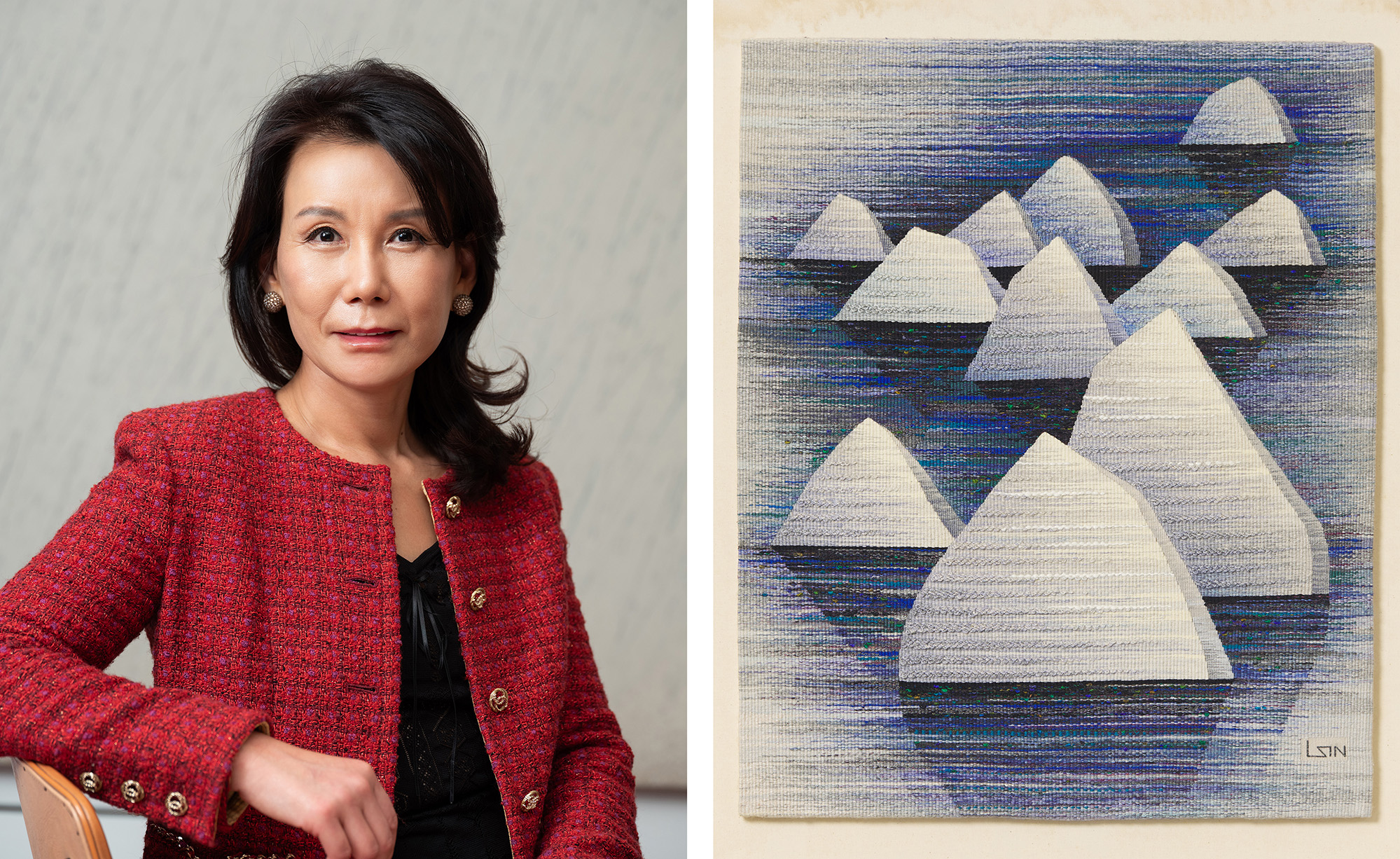
You’re reading The Grand Tourist Curator, our weekly newsletter with the latest handpicked news and insights from the worlds of art, design, style, food, and travel. Sign up here to get The Curator delivered directly to your inbox.
Today the global art community will flock to South Korea for the Frieze Seoul art fair. More and more, both the fair and the city at large are becoming a dynamic place to introduce new work and act as a gateway for the Asian market. (I’m reminded of photographer Alex Prager’s show this summer, as discussed in our recent podcast.) When it comes to Korean art, one gallerist in New York has been instrumental in bringing voices young and old from the country to the forefront: Tina Kim. She was one of the first to bring masters of the Dansaekhwa movement here (think Modernist painting), helping to create a market that has since expanded, and she has maintained long-standing relationships with art legends like painter Park Seo-Bo, who recently passed away at 94.
Kim has also championed various women artists, many of whom are rising stars with names industry watchers will recognize, like Mire Lee. Kim is a member of the steering committee for Frieze Seoul, and an all-around expert on the facets of what makes the city such a must-visit metropolis today. I sat down with her to chat about her incredible roster, the artists she’s bringing to Frieze, and which hotel you should stay at on your next visit. —Dan Rubinstein
So how did Tina Kim become the leading voice on contemporary Korean art?
In 1995, I moved to New York to study and work here. I started with a small office on 57th Street, but really my full exhibition program started in 2015 when I moved my gallery to 21st Street. That same year I opened a show in Venice on the Dansaekhwa movement, so it was a very important, big year. That’s when I first really recognized that there is huge interest and curiosity from both collectors and curators who want to learn about Korean modern and contemporary art.
Most Dansaekhwa artists were born in the 1930s and are all in the same generation. They experienced World War II, as well as the Japanese occupation of Korea. These artists were reflecting on the vast changes that they were experiencing, but at the same time, the military government was very restrictive and there was a lot of censorship. A lot of historical events happened at this time: a military coup, bus burnings, and demonstrations. And that’s the atmosphere during which Dansaekhwa artists made their work. It was this history that prompted me to open my gallery in New York and to start with a focus on Dansaekhwa. I tied some of the later-generation artists with that history, because I think Dansaekhwa is visually familiar for people.
Ten years on, how has the gallery evolved?
Today, my program is much broader. It’s not only artists from Korea, but also Southeast Asia and the Asian diaspora from many generations. For instance, I started representing Lee ShinJa this year. She’s an artist who was born in the 1930s, and I’m very excited to work with her because for the longest time I’ve been asked about interesting women artists from her generation.
I also work with much younger talents like Mire Lee, who lives between Amsterdam and Seoul, and who graduated from Seoul National University College of Fine Arts. She’s very ambitious and creates large-scale installations that engage with audiences about desire and the loneliness and isolation of contemporary life. Last year, she had her first U.S. solo show at the New Museum, and now she’s preparing for a Tate Turbine Hall commission, which is to open in October. I think the gallery has a robust program, and I’m very proud.
Beyond just the Frieze fair, Seoul’s art scene in general seems more popular than ever. Why?
I think Asia overall is very exciting, because the continent is experiencing significant economic growth. I’m curious about what else is happening in the different countries there. I’ve been to Japan, Hong Kong, and Shanghai, so last year I went to Taiwan, Thailand, and Singapore. I haven’t been to the latter in around 20 years. I was curious about how each country’s ecosystem is different. Seoul is so unique. It’s a city that’s easy to travel in and out of, and it has great stores, hotels, spas, and restaurants. I’ve noticed more and more throughout the year that clients planning to visit Seoul will ask me, “Where do I go? What do I see?” They’re not only going during Frieze, but throughout the year. And there are important Asian art events like Art Basel Hong Kong and ART021 in Shanghai, where people will head to Seoul beforehand or afterward.
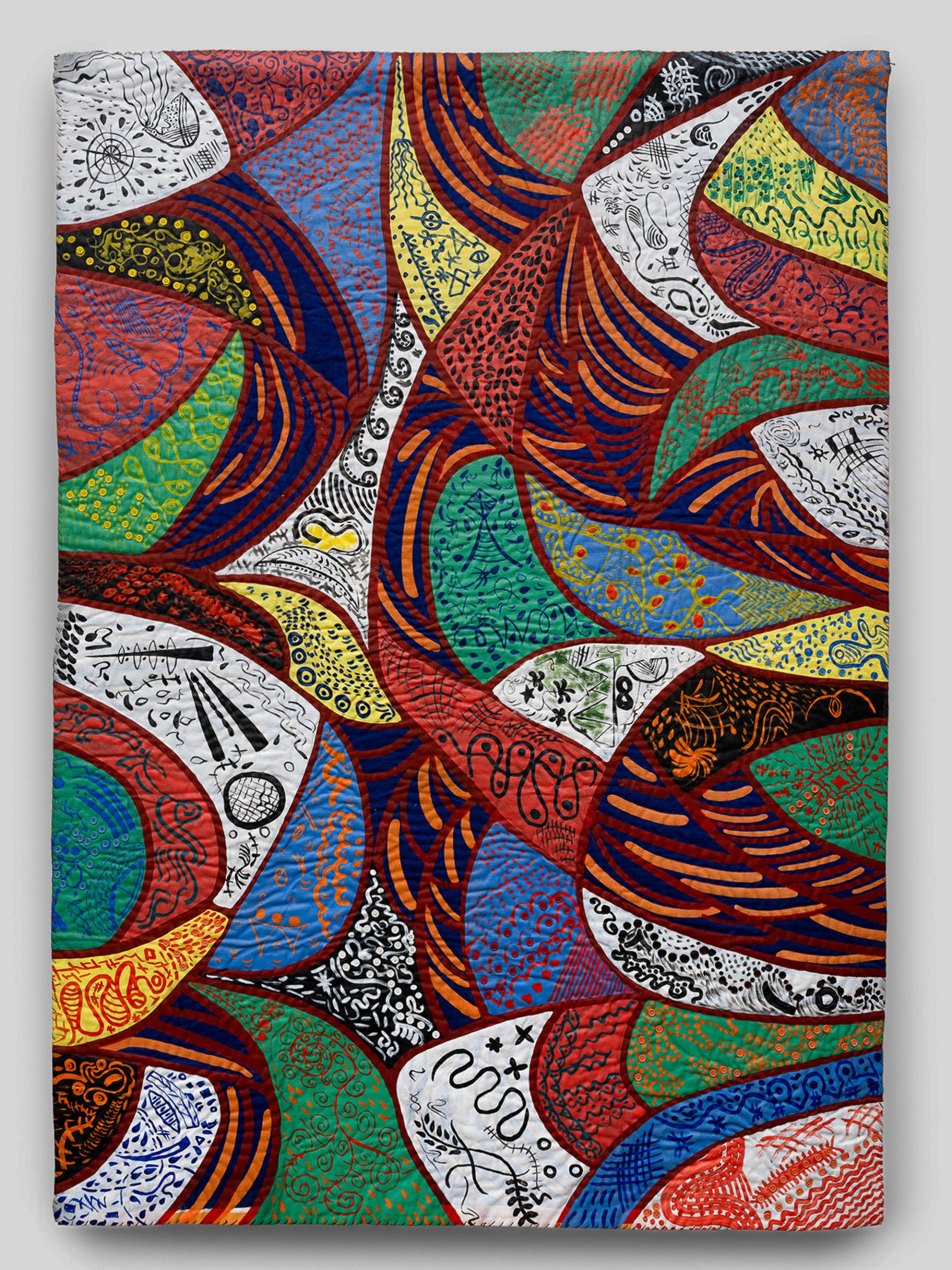
And speaking about Frieze, you’re bringing Lee ShinJa to your booth.
Yes. I was very excited to discover her. She’s 94 and studied at Seoul National University in 1950, right before the Korean War. So when she was in school, the whole city evacuated to Busan. There, she attended the one university available at the time, and all the students studied together. That meant that she studied with Dansaekhwa artists Park Seo-Bo and Ha Chong-Hyun. During wartime, there was no more division based on major, so if you look at her early works from the ’60s and ’70s, there’s a direct similarity to what her contemporaries Ha Chong-Hyun and Park Seo-Bo were doing. And she experimented a lot because resources were so scarce. She had to pull threads from old, used sweaters and mix thread, wire, and paper, for example.
She continued her artistic practice throughout her life. Many women, after they married, stopped practicing art because they had to raise their family, but she continued. Not only that, she went back to school. Later on, she became the dean of Duksung Women’s University and built the fine arts and industrial design programs there. She also cofounded the Korean Fiber Artists’ Association and organized the first Korean Fiber Art Biennale. She’s someone who’s contributed so much to the entire arts community.
And what are some of the other artists that you’re bringing to the fair?
I’m going to be showcasing Mire Lee, because we’re celebrating her presentation at Tate Turbine Hall. I’ll have this beautiful fabric work that she showed in 2020 at Art Sonje in her first solo museum show in Korea. I’m also showing works by the late Pacita Abad, because her North American retrospective is traveling to the Art Gallery of Ontario in Toronto. It’s very exciting for me to show Pacita’s work in Asia, because she’s someone who’s so celebrated in Southeast Asia.
Seoul seems to be fertile ground for more experimental, contemporary art. Is that accurate to say?
Yes, I think so. Seoul has been a capital for more than 700 years, since the Joseon dynasty. It’s not a city that just became cosmopolitan one day; it became what it is today starting around the 1988 Olympics. Compared to some of the cities in China, where everything seems rushed and quickly built, Seoul is slightly different because you can see the progression. It happened in a healthier period of time. You can turn the corner from a high-rise building, and two blocks next to it, you’ll find an old historical temple. And you can have an amazing Michelin-starred restaurant experience, but also have amazing local food at a street market.
If a friend were to visit for the first time, what would you tell them to do?
I would definitely tell them to visit the museums, because some of them are not only interesting for the permanent collection or special exhibitions, but they also have amazing architecture. For instance, The Leeum, Samsung Museum of Art is a collaboration between three architects: Jean Nouvel, Renzo Piano, and Rem Koolhaas. It’s a unique building, and of course, they also have an amazing collection, not only of contemporary art but also a very strong Korean antiquity and Buddhist art collection. And the Amorepacific Museum of Art has a very strong contemporary art program in a building by David Chipperfield.
Also, Seoul used to be a gated city, so there’s an east and west market. If you go to the east’s Dongdaemun market, it’s now a big cultural complex designed by Zaha Hadid. It’s incredible. And it’s built on an excavation site where you can see what came before. And of course, I’d tell visitors to check out the wonderful palaces. In terms of hotels, there are many, but for Frieze Seoul specifically, I would recommend The Shilla Seoul because everyone stays there. It’s the place to see and be seen.
This interview has been edited and condensed.
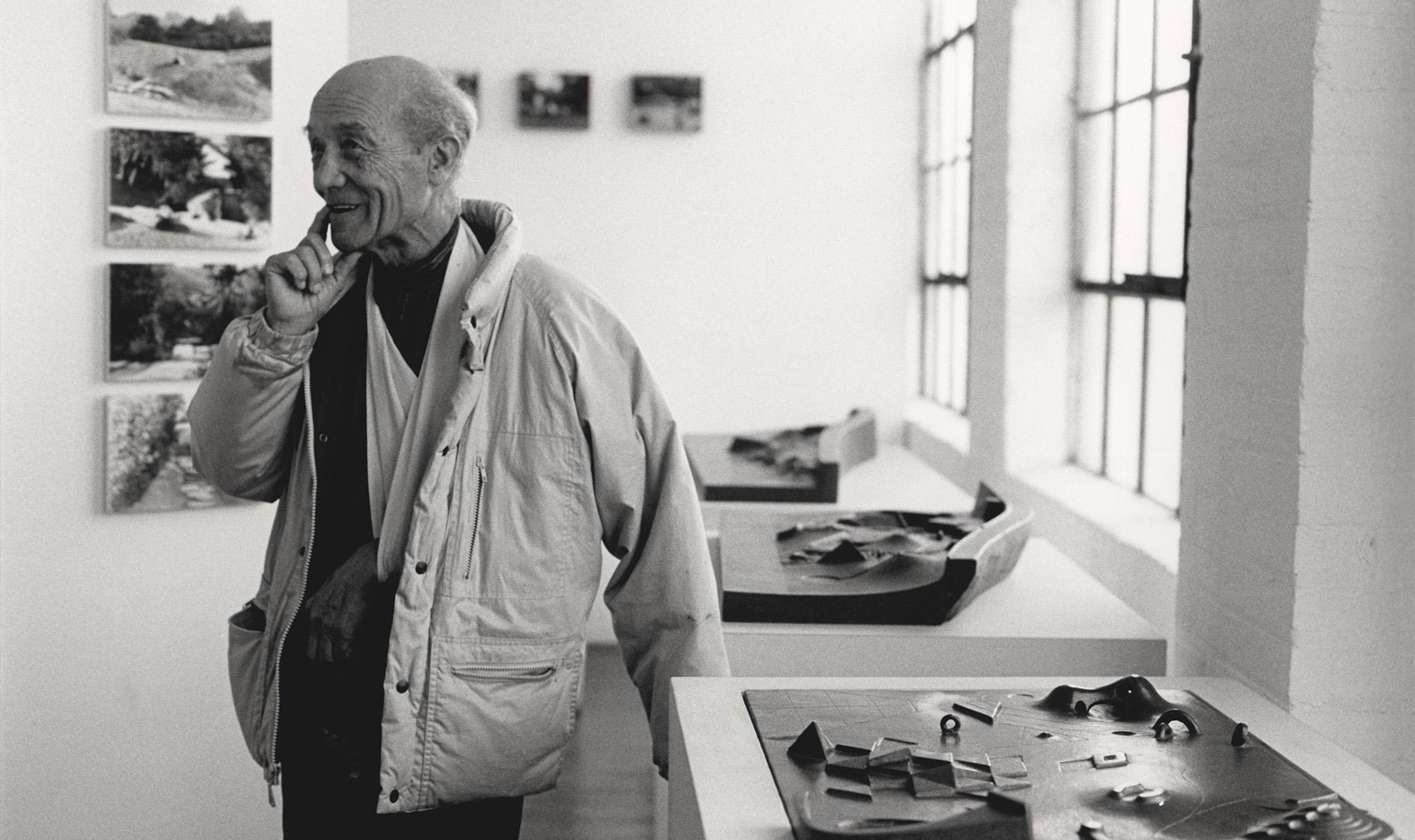
Noguchi’s Vision Brought Back to Life; American Design in the Spotlight; A Multitalented Photographer and Painter is Remembered
New York, “Against Time: The Noguchi Museum 40th Anniversary Reinstallation” (Until Sept. 14, 2025)
“To order space is to give it meaning,” said Isamu Noguchi, who, with his stone sculptures, midcentury-defining furniture, architecture, and theatrical sets, created a new standard in design. In 1985, when Noguchi opened his museum in Queens, the same logic dictated the presentation of his work. Objects were not merely situated in a room, but like constellations, the pieces worked together to constitute the whole. In honor of the museum’s 40th birthday, a reproduction of the original floor installations does its best to go back in time and reflect Noguchi’s meticulous vision. This exhibit brings together 60 works from the museum’s collection. Among them are early experimentations with brass and wood following the artist’s stint in Constantin Brancusi’s Paris studio, and a few portrait busts once produced out of financial necessity. noguchi.org
New York, “Objects: USA 2024” (Opens Sept. 6)
What is the state of American design today? This triennial survey of approximately 100 handmade works by 55 designers examines the evolving discipline of design—one that defies the traditional distinctions between art and craft. Rather than dividing the objects by medium, curators instead came up with categories like “doomsdayers” (artists confronting contemporary anxieties), “keepers” (sharing their narratives), and “beta testers” (innovating in old fields with new tech). r-and-company.com
New York, “Rodney Graham” (Until Oct. 24)
Rodney Graham’s oeuvre is of stunning scope: photography, film, painting, sculpture, performance, and more. A renaissance man in talent and knowledge, Graham was informed by his literacy in history, philosophy, and literature, all of which he wielded in his sharp but humorous observations on themes of modernity. Getting his start in the 1970s in the company of Jeff Wall and Stan Douglas, the Canadian artist is best known for his light-box photography, which features himself posing as eccentric characters in elaborately detailed sets. 303 Gallery—which has represented Graham for three decades—presents their first show following his passing in 2022. It features his breakout film Vexation Island (exhibited at the 1997 Venice Biennale) and his trademark photography, as well as a number of sculptures and paintings. 303gallery.com —Vasilisa Ioukhnovets

A great design or art fair sets the tone for the year, defines the conversations, and points to where taste is headed. These are the fairs defining 2026. Save the dates.
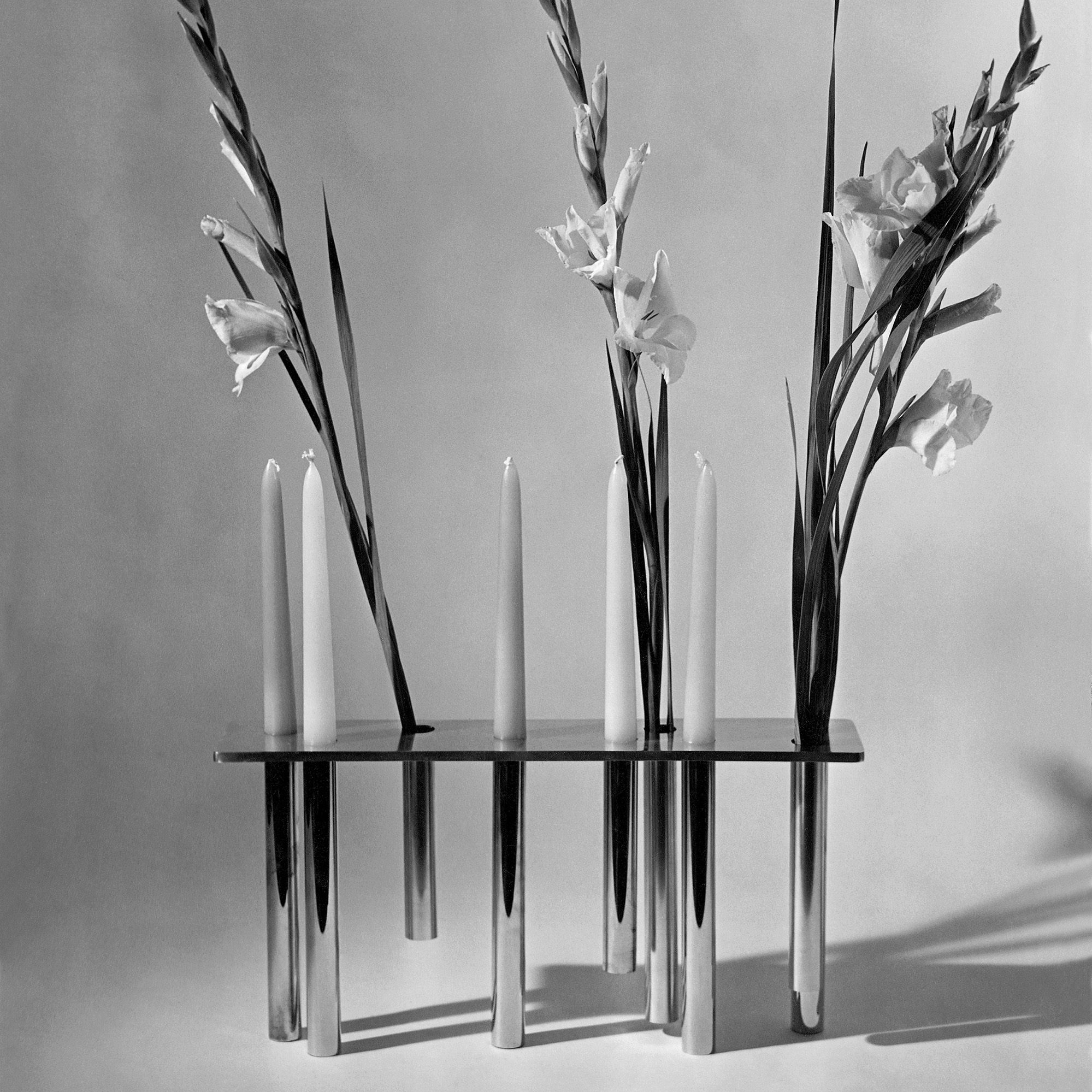
We assembled our favorite design objects for the people on your list that have everything, including taste.
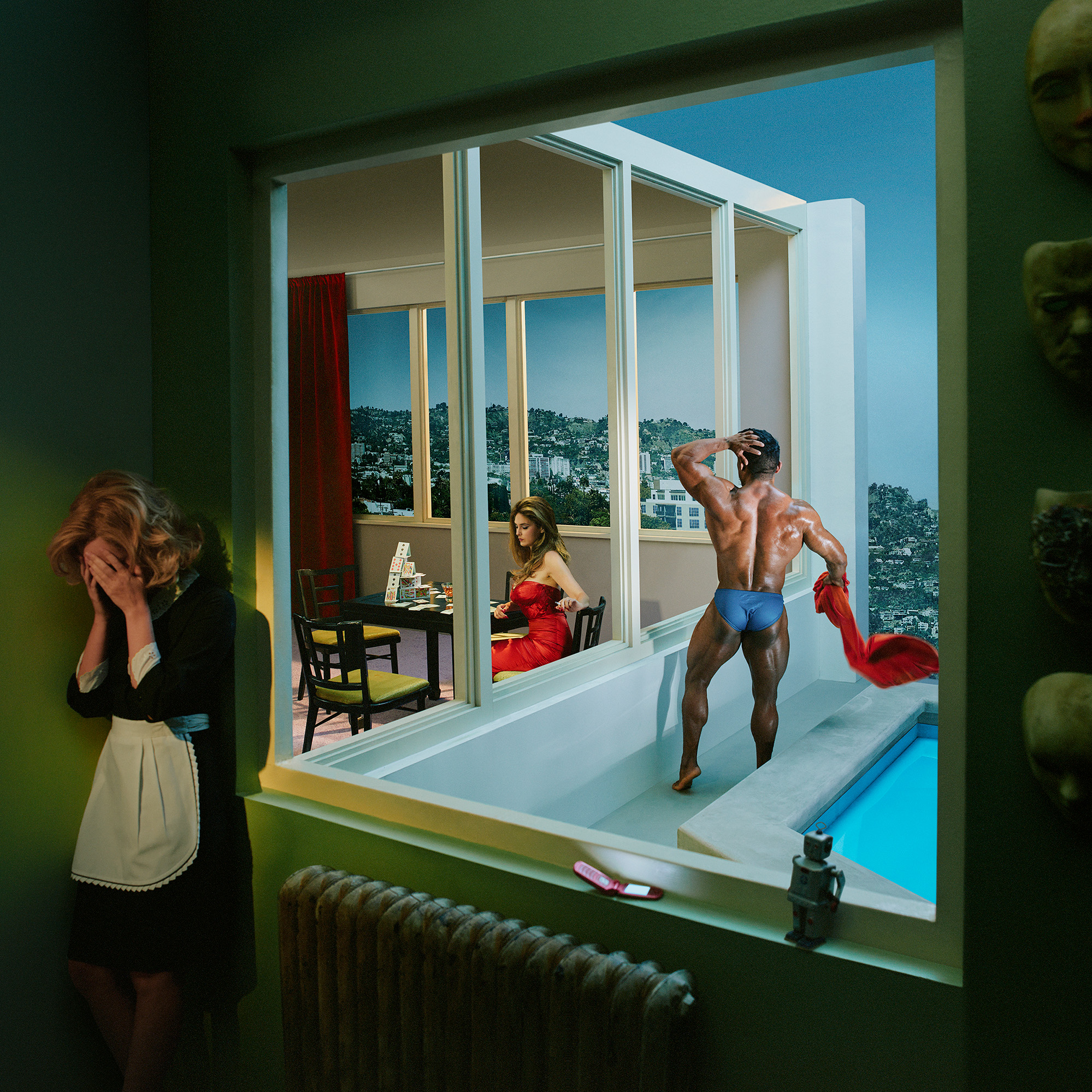
We checked in with our former podcast guests who will be inching through Miami traffic, unveiling new works, signing books and revealing new projects this year.